Barbara Rakovská – portfolio
Amber Grain is a speculative fashion collection that intertwines biodesign, traditional craftsmanship, and new technologies. The series of seven models — including two menswear designs — is the result of research into textile sustainability and biocreation, conducted as part of postgraduate studies at Fabricademy, IAAC University in Barcelona.
This collection pays tribute to natural cycles, artisanal heritage, and the search for new approaches in fashion — ones that quite literally grow from the earth.
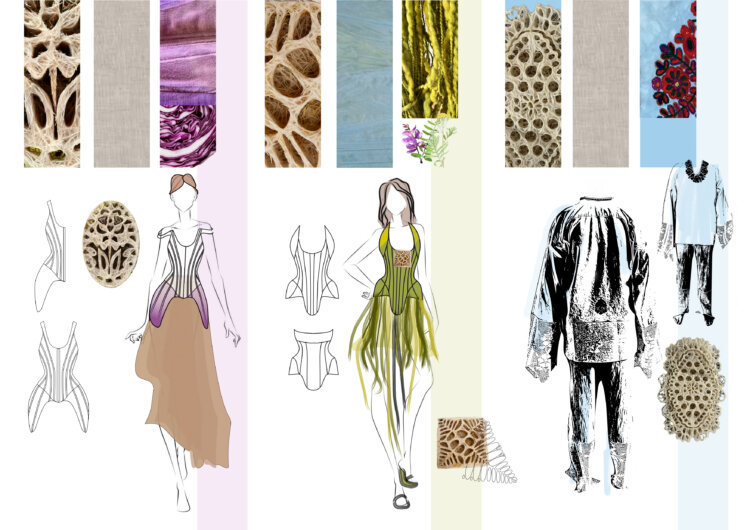
Core Concept: From Seed to Lace
Amber Grain showcases a series of growing embroideries made from delicate wheat and barley roots. These designs draw on traditional embroidery patterns while integrating contemporary forms inspired by grain anatomy.
The roots grow into molds — made either by 3D printing or from beeswax — forming organic textile structures. Their shape, density, and properties depend on nutrients, environmental conditions, and human care. It is precisely this dialogue between nature and the designer that enables the creation of a material linking the past and future.
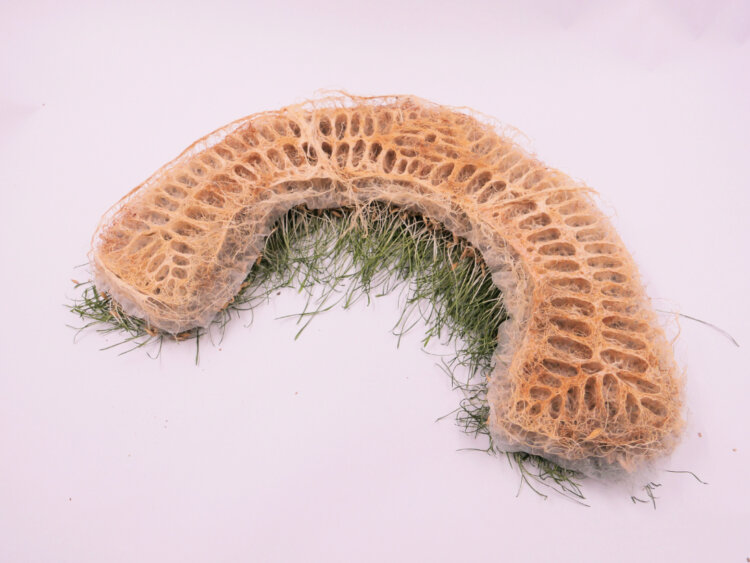
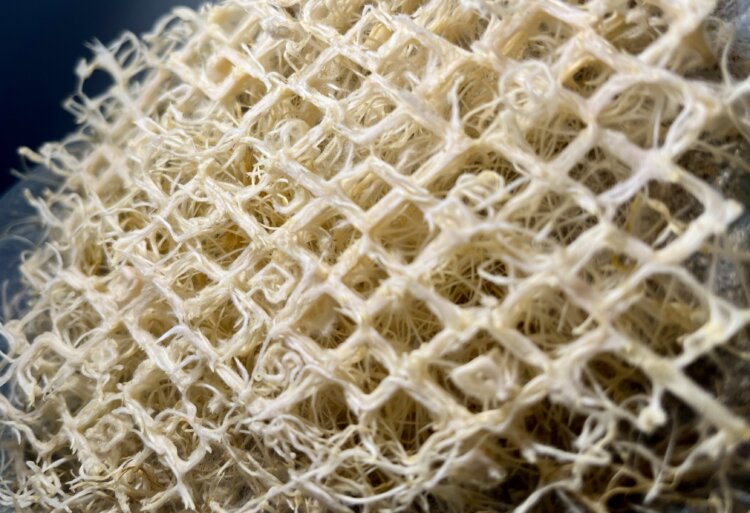
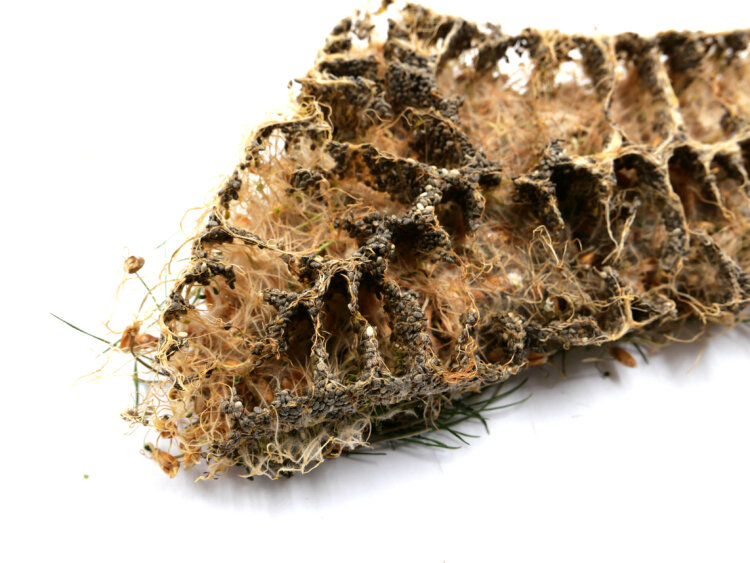
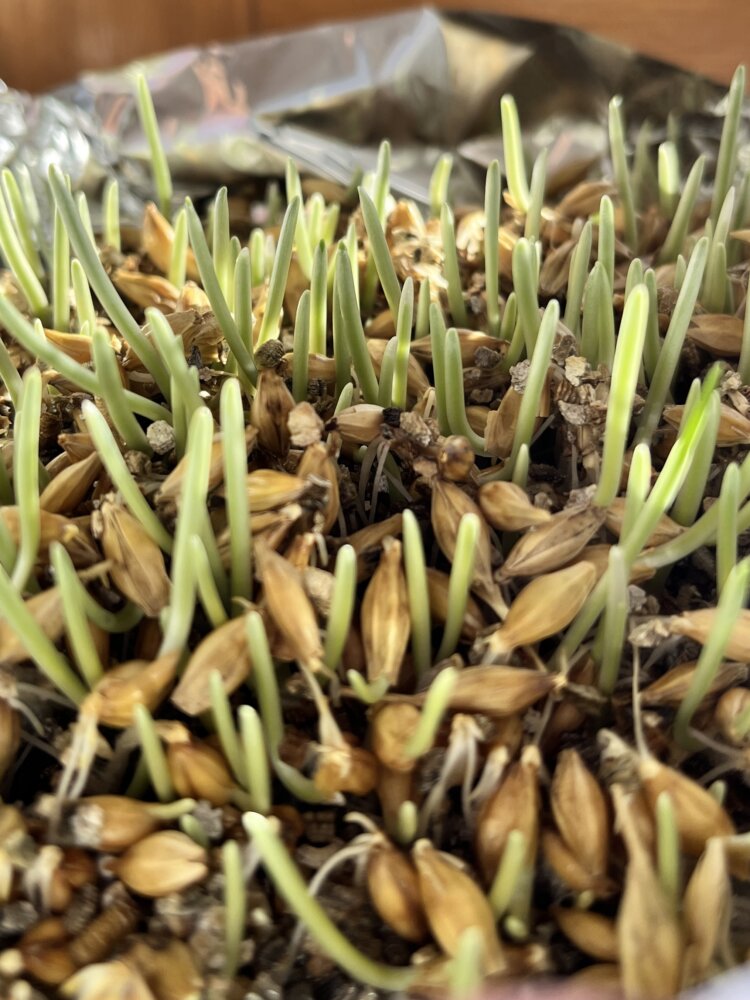
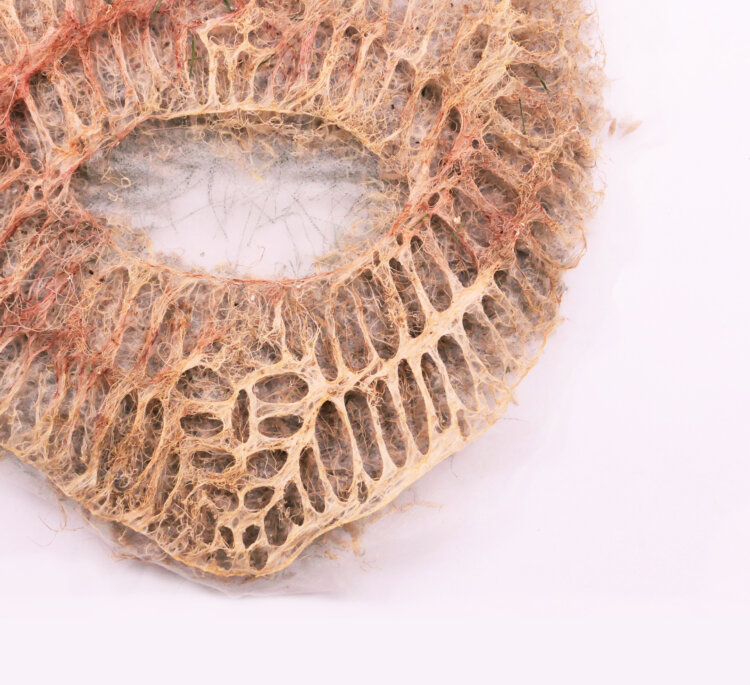
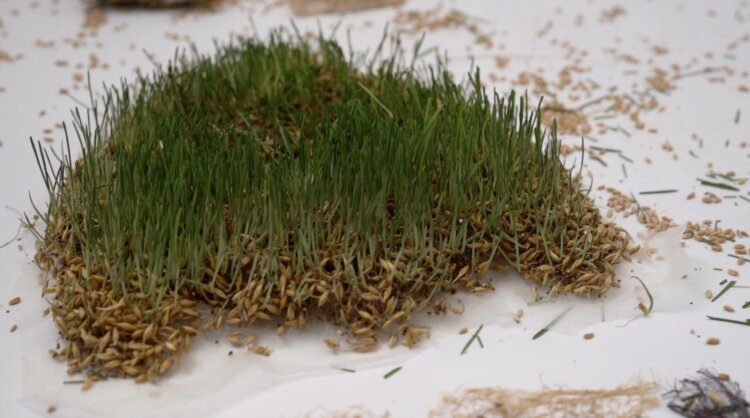
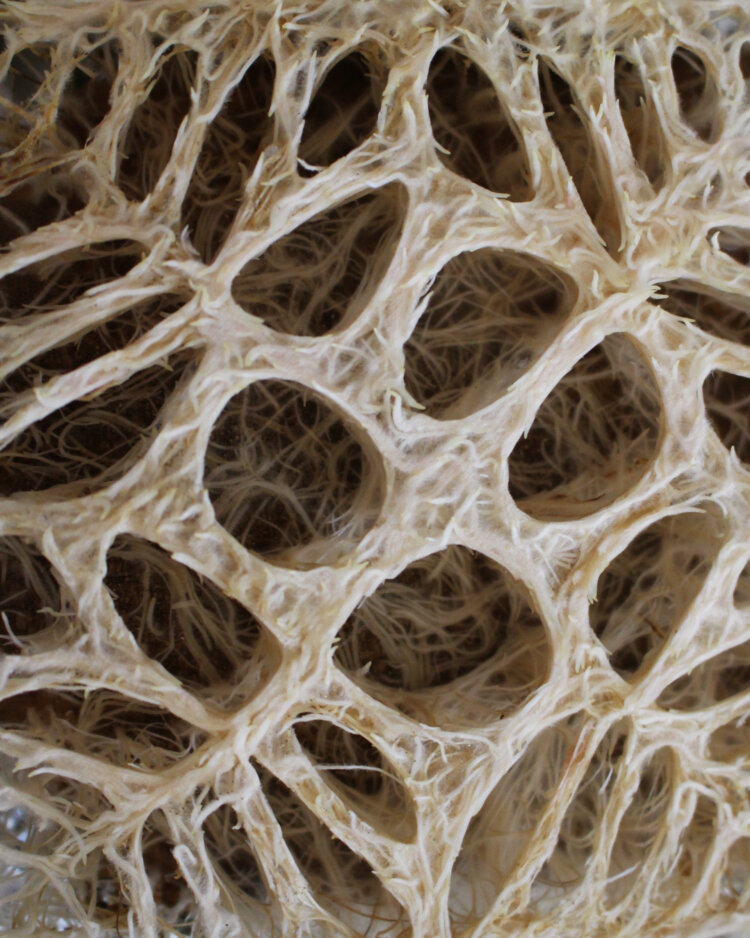
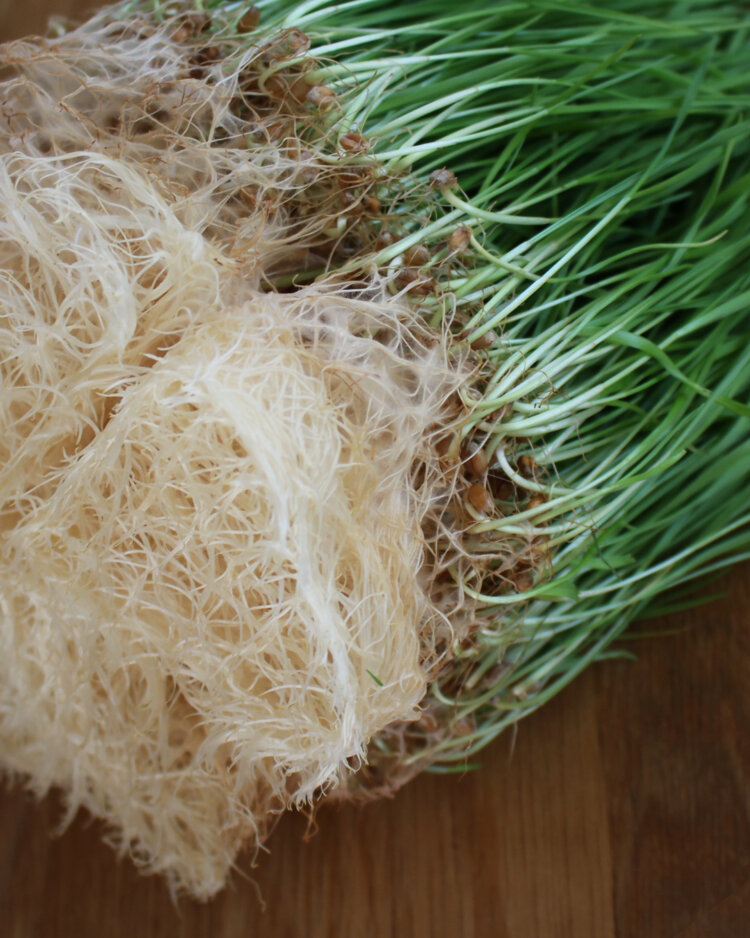
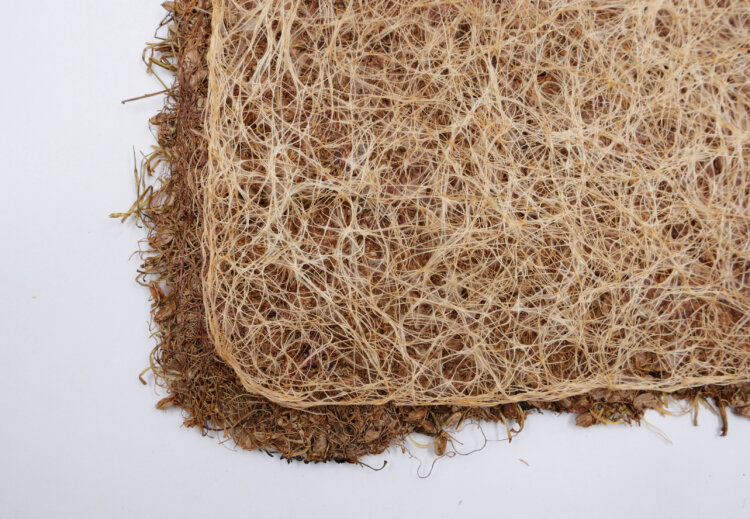
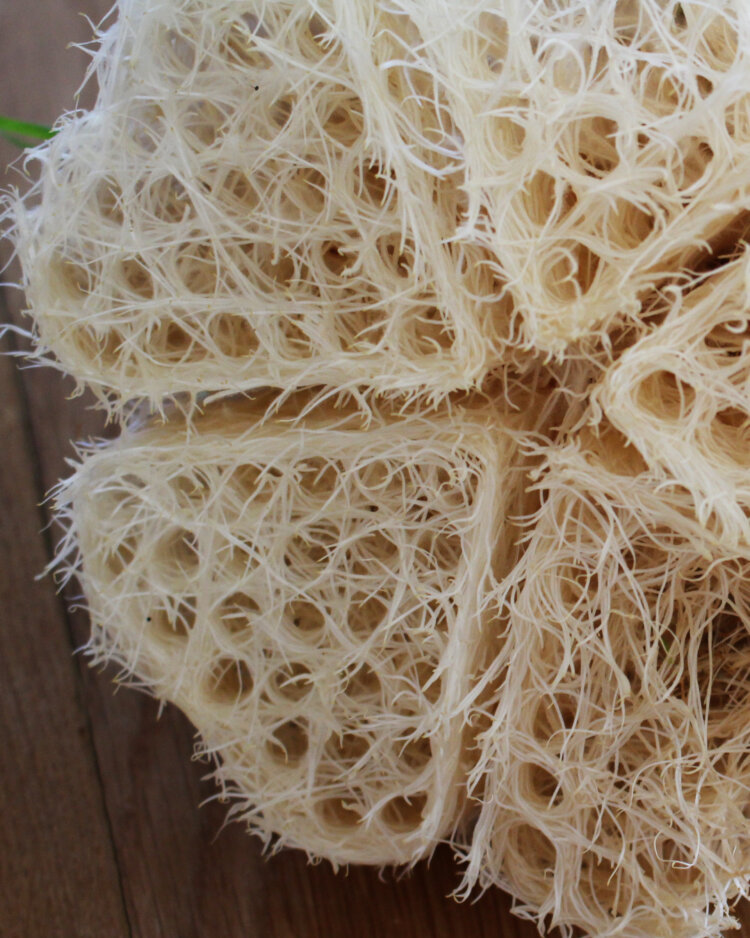
Materials
The designer works exclusively with natural and recycled materials, including:
- Wool from Czech and Mallorcan farms
- Handwoven linen and cotton inherited from her great-grandmother
- Lace and tablecloths from her family archive
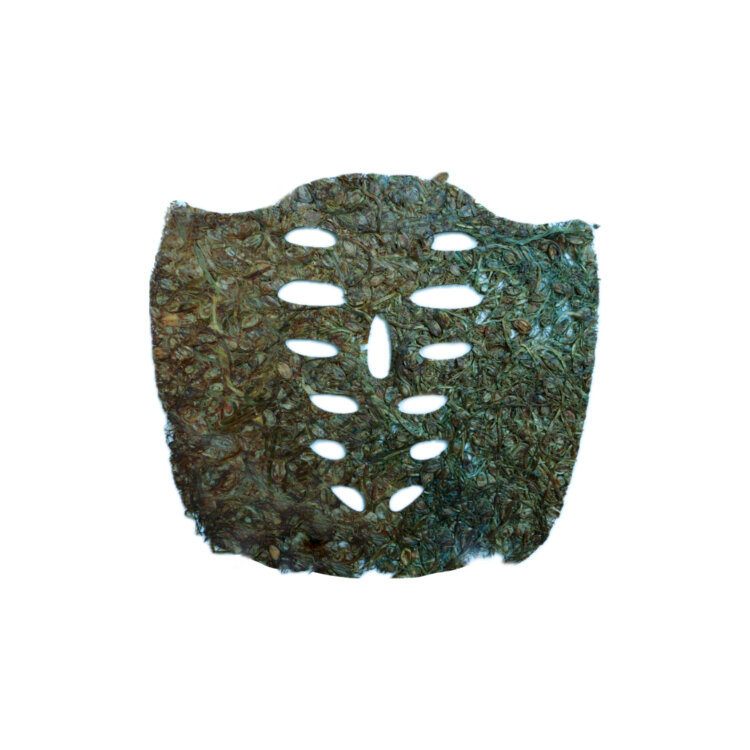
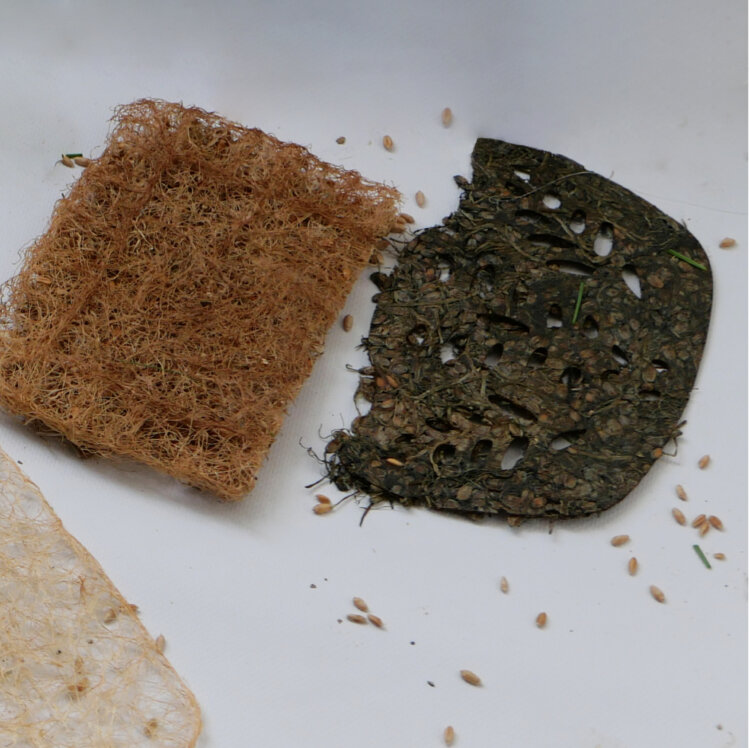
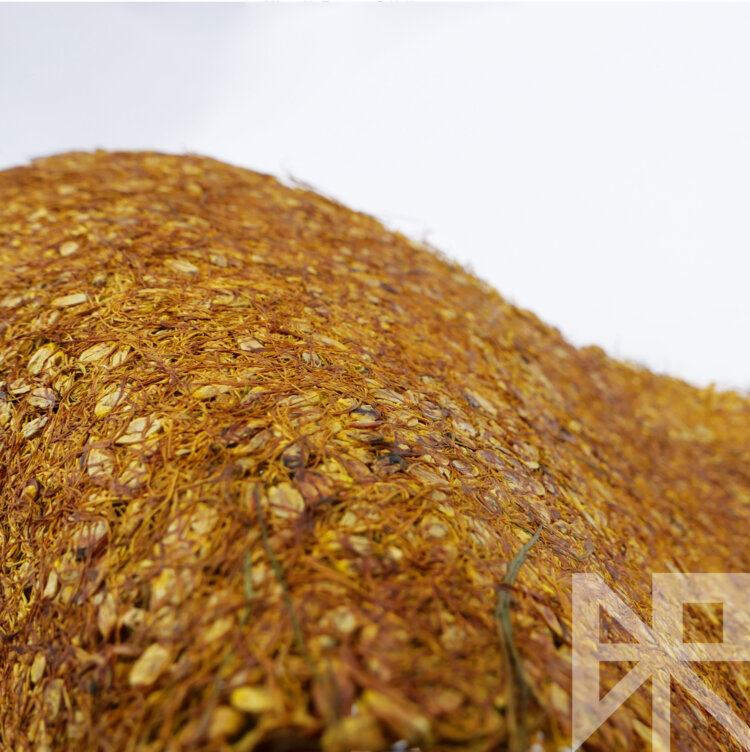
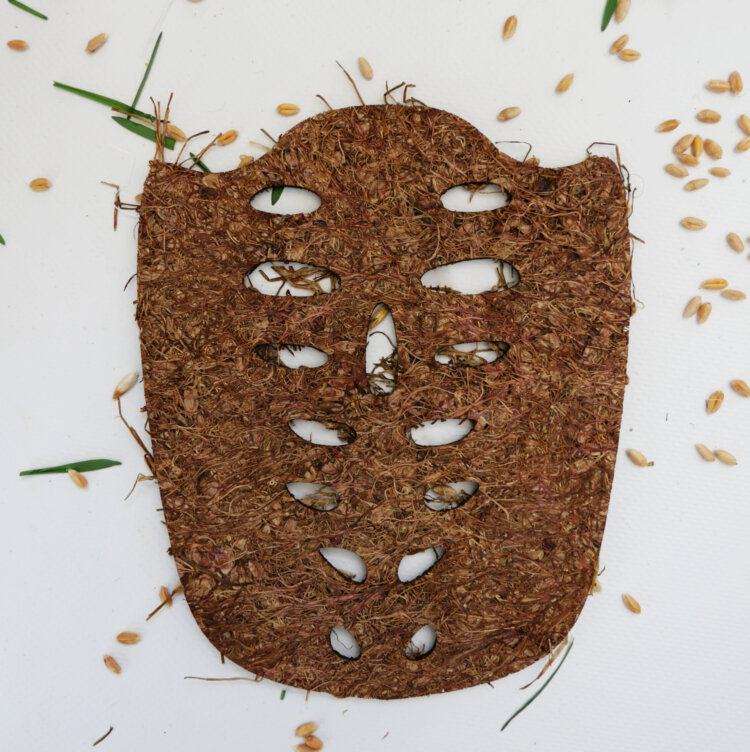
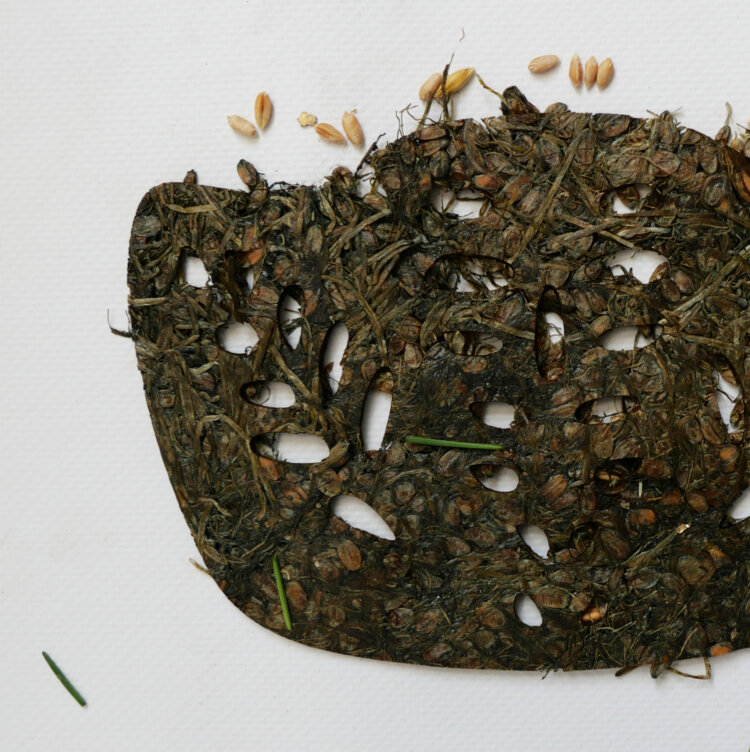
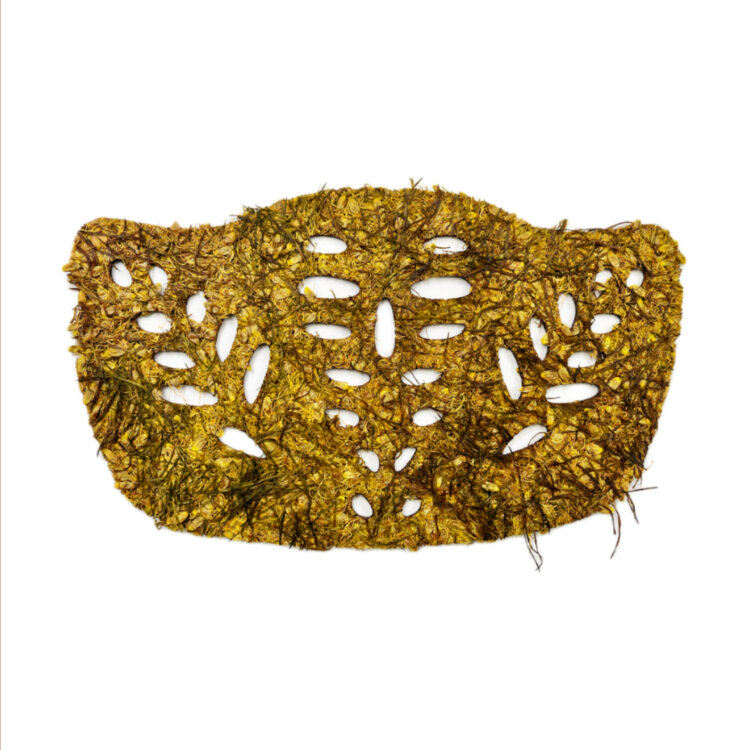
Biomaterials

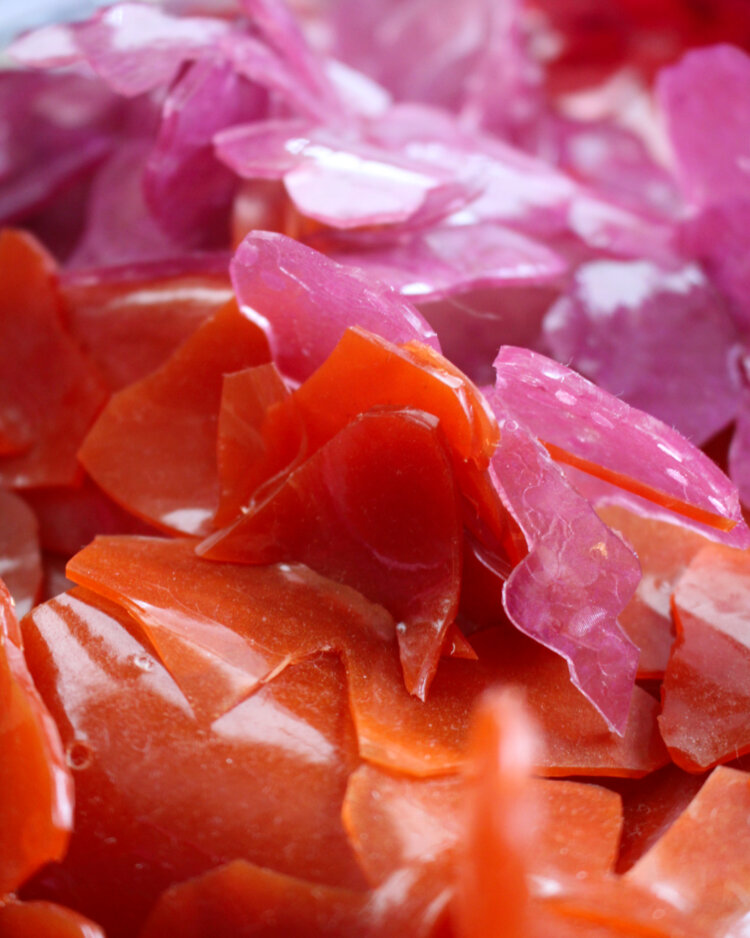

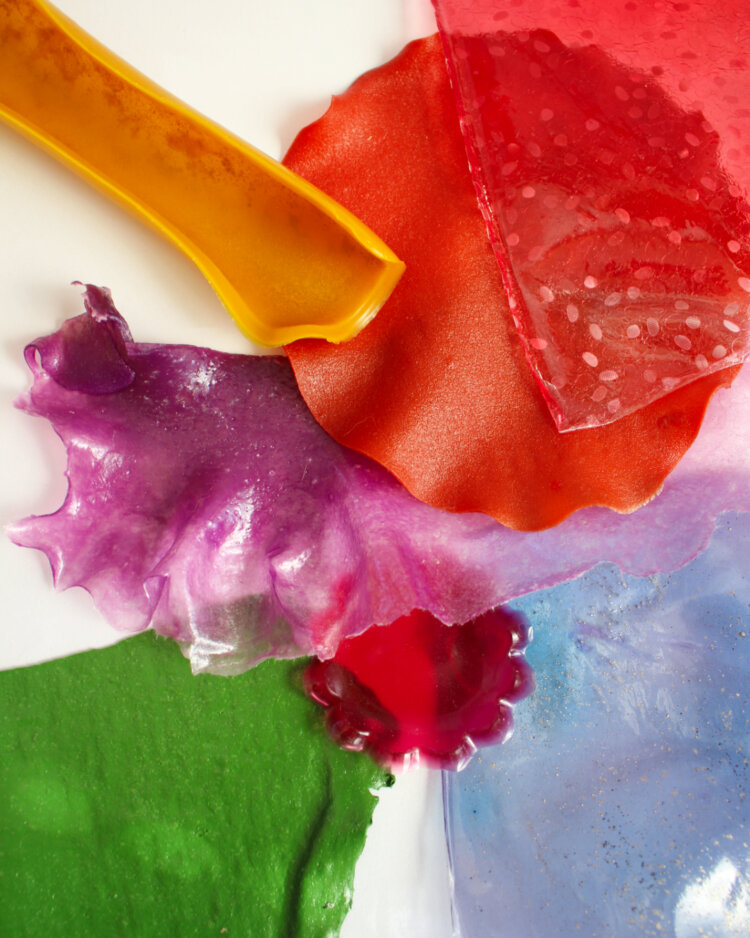
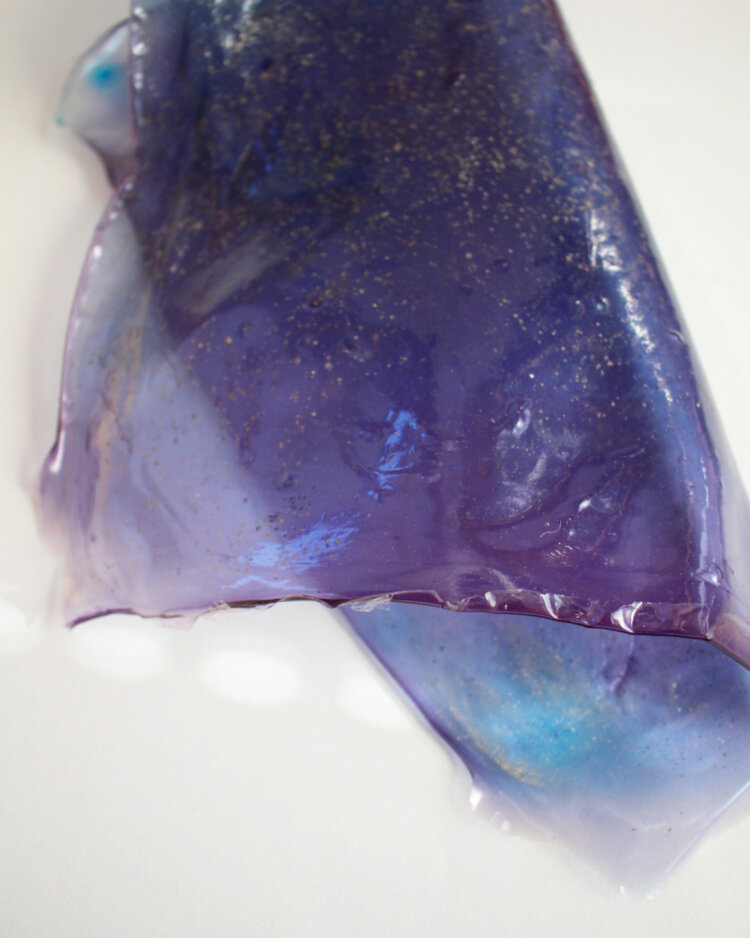
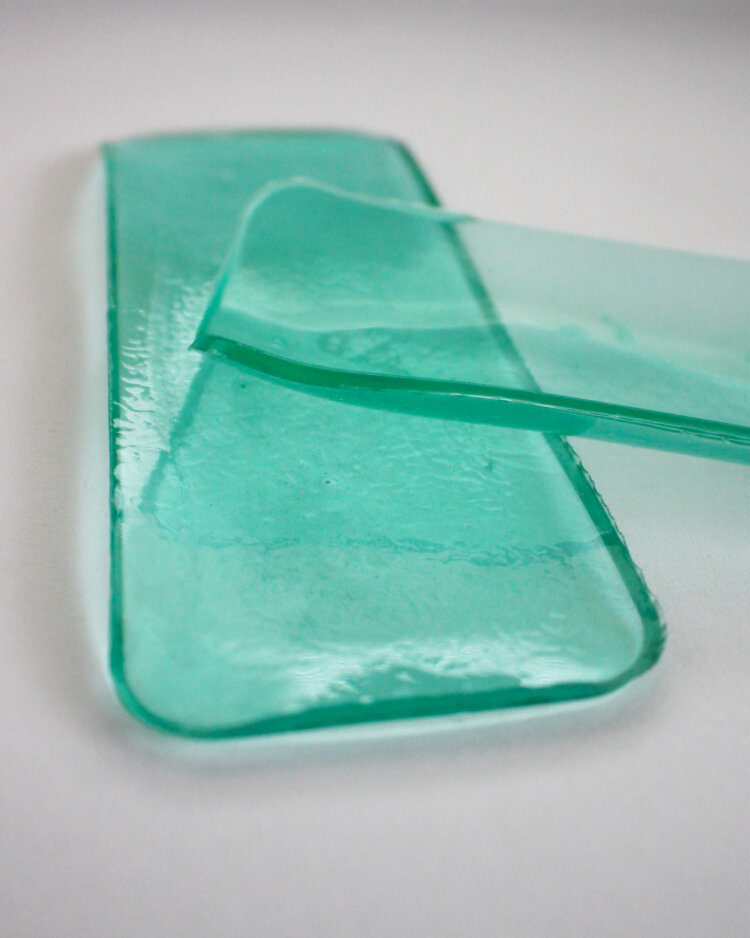

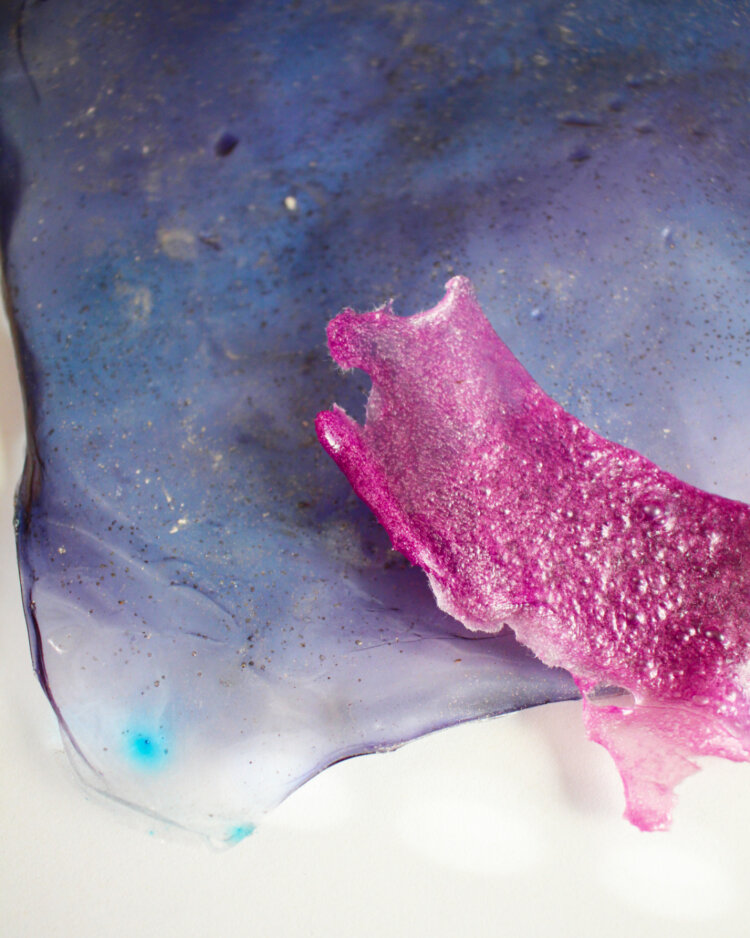
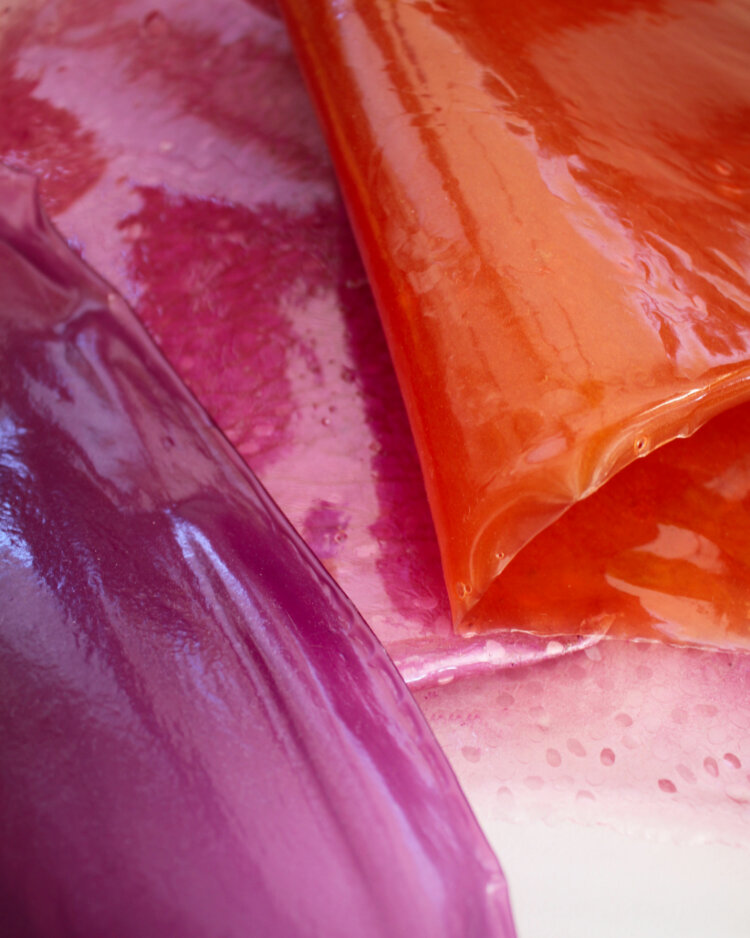

Colors That Grow
The color palette is based on a deep respect for the natural beauty of raw materials. All color accents are derived from local natural pigments — flowers, herbs, vegetables, and minerals.
Part of the collection are also garments dyed using local indigo from Styria, which the designer worked with during a textile residency. The result is a series of models that carry the authentic imprint of the landscapes where they were created.
Custom biomaterials — made from agricultural waste — are also naturally dyed, reflecting the collection’s commitment to organic cycles of growth, transformation, and renewal.
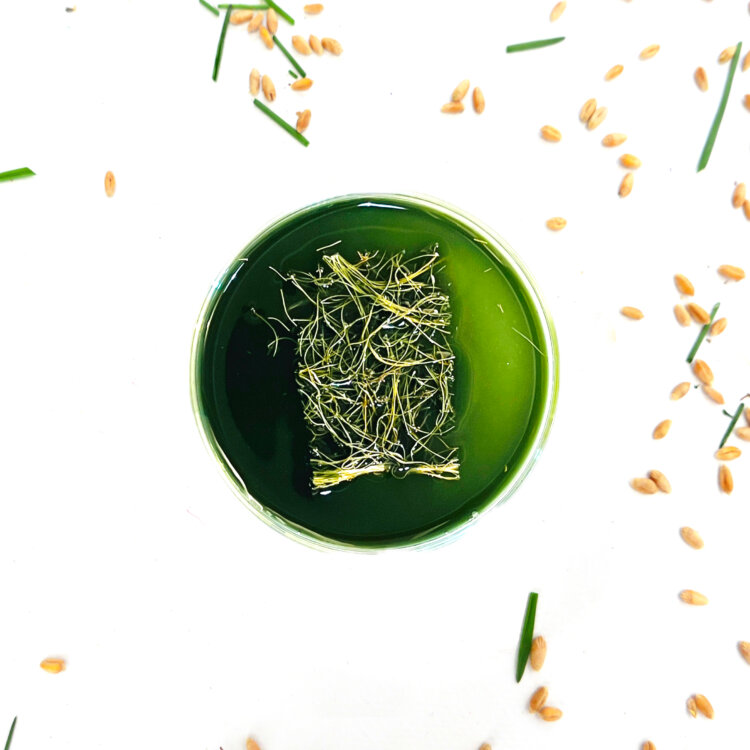
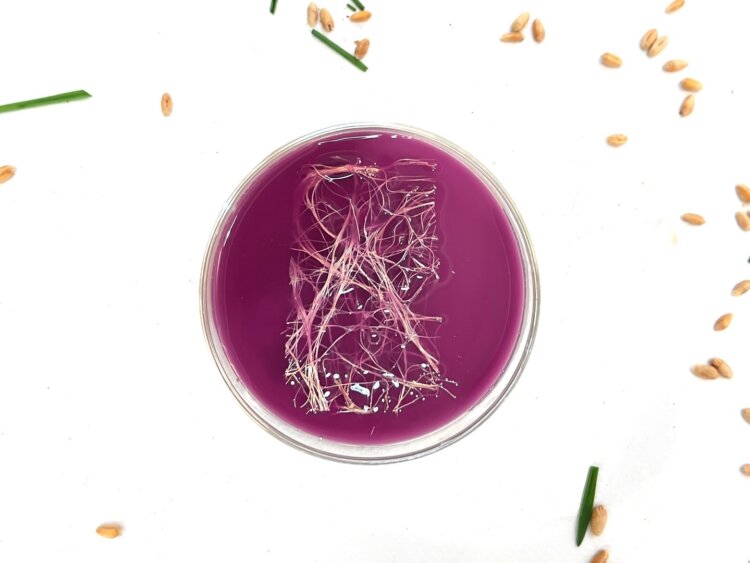
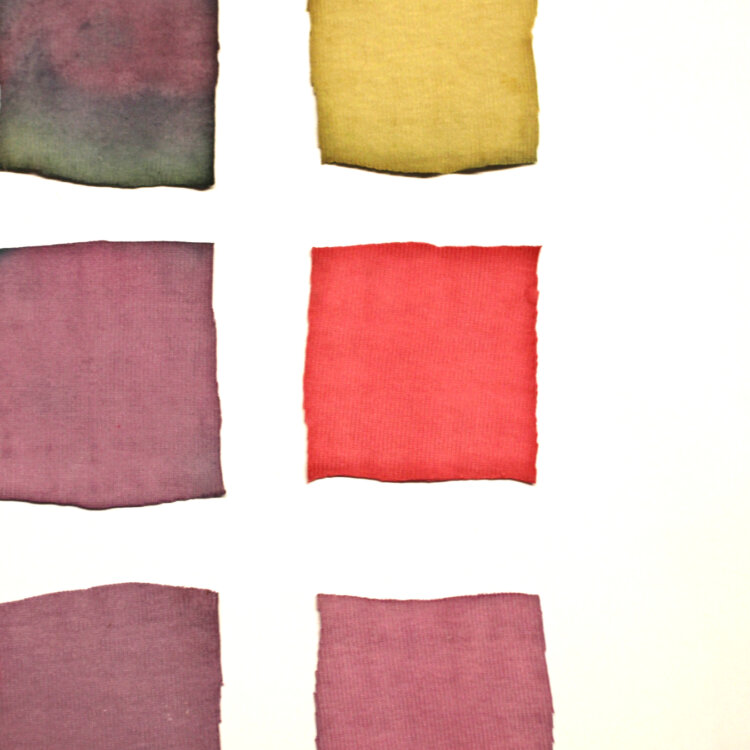


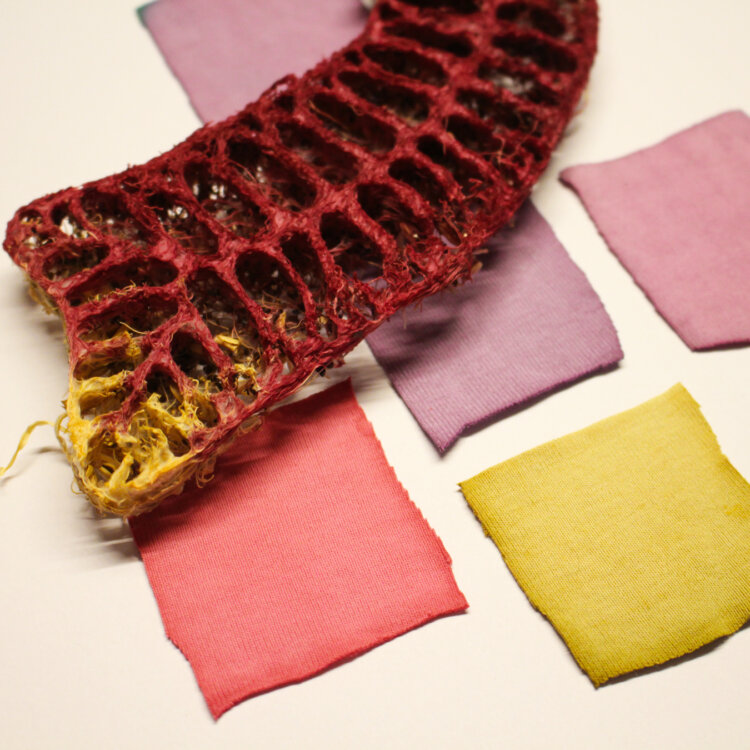
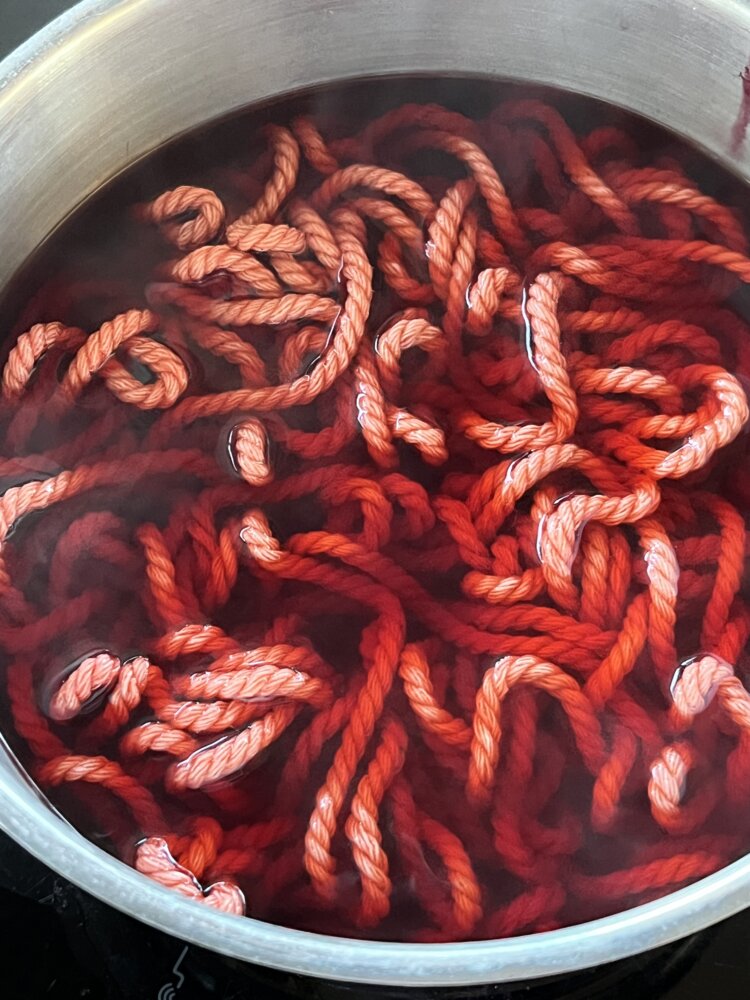

The Legacy of Folklore and Craft
The garments are inspired by traditional costumes and embroidery — including those worn at harvest festivals. The designer offers a contemporary, personal perspective while honoring their original symbolism.
Just as roots intertwine with soil, root-embroidered textiles grow through fabrics tied to a traditional way of life — including felt, linen, and cotton. The collection highlights the forgotten value of patience, care, and slow processes, fundamental both in nature and in craftsmanship.

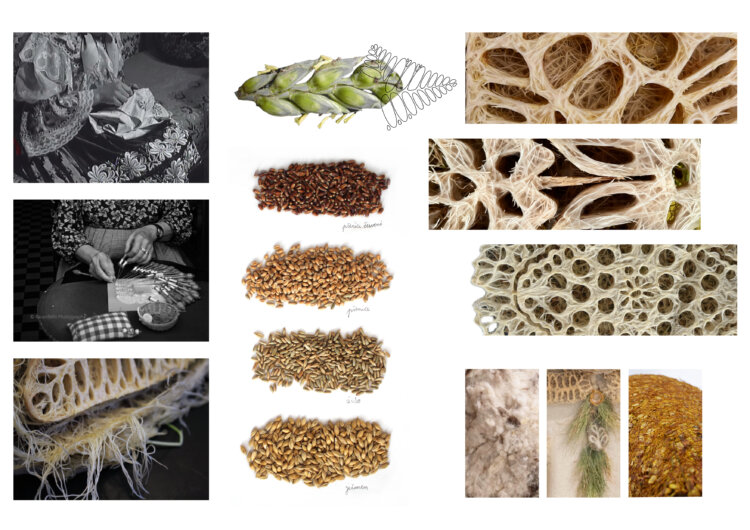
For Even More Information
Quick Questions
What materials do you like working with the most, and which do you hate?
“I love working with materials I can create myself. I like it when there’s a certain process and understanding behind them. I enjoy discovering how they’re made, how they behave, and what they can become. I draw a lot from traditional textile techniques and natural fibers — like linen, cotton, and wool. They are close to me, because they have a history and an innate quality that won’t go away.”
“I also like to discover less known or speculative materials, like cereal roots. I imagine what it would be like if we grew our textiles instead of manufacturing them, or if fabrics could breathe and evolve on their own.”
“Part of my work is also natural dyes — I gather plants locally using the colors to reflect a certain place or season. I enjoy using second hand materials, especially those with family history. I believe fashion can carry a deep message, and even worn or seemingly ordinary materials can be turned into something valuable. Sustainability doesn’t have to be limiting. On the contrary, it can be creative and personal.”
“I don’t hate any materials outright. I just dislike when they’re used thoughtlessly — just for effect or trend, without considering their features, origin, or meaning. Every material has a potential, however, what matters is, how the person works with the material and in which context.”
Which celebrity would you like to dress?
“Björk, and from the Czech scene, actress Darija Pavlovičová.”
What do you most often have to restock at the haberdashery?
“Recently, felting needles and natural threads. But most of all I buy seeds and natural polymers for my material experiments.”
Best sewing lifehack?
“When you don’t know how to move forward — let it grow. Sometimes nature finishes the stitching for you.”
How many cups of coffee do you drink a day?
“At least two.”
Which trend do you think shouldn’t exist?
“Everyone should wear what they want and feel good in. I don’t think there’s one particular trend that should disappear. What I find problematic is the fast fashion trend and the thoughtless buying of clothes that’s linked to it. People often take a large amount of clothes they barely wear or they quickly replace them with others.”
Which celebrity would you like to style?
“Also Björk. She inspires me by blending nature, technology, and mysticism in her outfits, while also she draws from folklore and her Icelandic roots.”
What piece of clothing should be in every wardrobe?
“I’m a big fan of wool sweaters and knitwear in general — such a piece should never be missing from my wardrobe.”
Weirdest fashion trend you like?
“I love layered outfits — like the combination of skirts or dresses over pants, with two or even three belts.”
If you were a piece of clothing, what would you be?
“I’d be something practical, timeless, and versatile — so I could spend as much time as possible with my wearer. Probably a wool coat or sweater, which keeps you warm. Ideally hand-knitted with a beautiful pattern.”
What outfit best represents 2025, in your opinion?
“If I should choose just one type of clothing, that represents 2025 the best, I’d probably say baggy jeans — in all variations, both men’s and women’s outfits.”
“Otherwise, from my point of view, the outfits of the brand Turtlehorn really capture the spirit of these times — upcycling waste in a futuristic way and blending fashion with the vision of a sustainable future and social critique.”
Your sewing nightmare?
“Not sure if it’s exactly a sewing nightmare — but I’m terrified of moths… they love to feast on wool, and could devour an entire collection.”
Who would you send the fashion police after?
“I probably wouldn’t send the fashion police after anyone in particular.”


